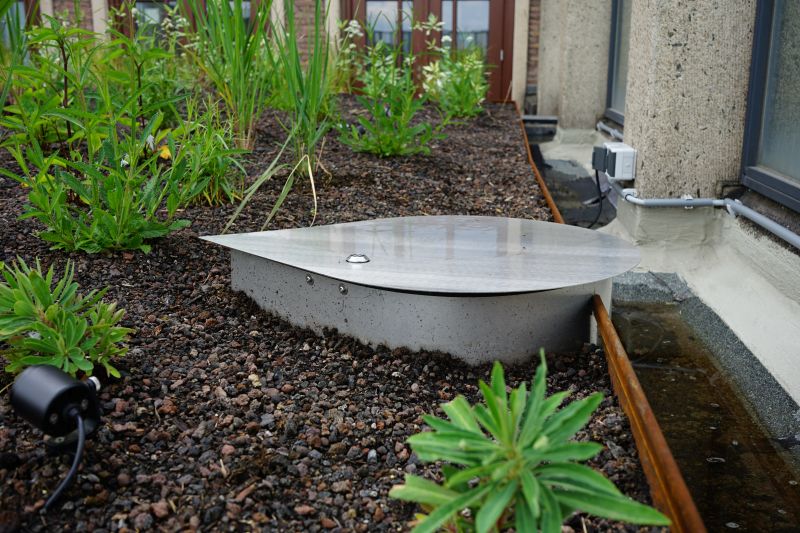London, 13 June, 2012 – The application of the ‘like for like replacement’ principle imbedded in standard property insurance policies is hampering the construction of environmentally friendly buildings in the commercial property sector following major losses.
In its latest white paper, Property Sustainability, Marsh argues that the insurance industry has a pivotal role to play in commercial property sustainability, particularly in relation to the opportunity to reinstate buildings in a sustainable manner after a loss. The increase in the frequency and severity of natural catastrophes associated with extreme weather is placing even more importance on this approach.
According to Marsh, despite the growing credence being given to companies that can assert their ‘green’ credentials, relatively few insurers currently include property sustainability clauses within their property damage insurance policies. Property sustainability clauses, such as green building and resilient repairs clauses, allow reinstatement after a major loss to be conducted in a more sustainable and resilient manner. This reduces the likelihood of future incidents causing significant damage and improves the environmental performance of the building, post-loss.
Cliff Warman, Environmental Practice Leader at Marsh in Europe, the Middle East and Africa (EMEA), said: “Minimising the potential impact of the changing climate is high on many boardroom agendas, yet too many insurers have yet to adapt their policies to recognise the value we now place on environmental performance. Marsh is working with insurers and insurance associations, such as ClimateWise, to promote the inclusion of green property clauses.
“Property sustainability clauses are an important component in the insurance industry’s armoury against climate change. Building and rebuilding environmentally friendly and resilient properties which have strong loss prevention attributes benefit both the insured and the insurer: insurers will experience fewer claims and related costs; and clients will have more robust and energy-efficient buildings.”
Martin Townsend, Director at BRE Global, responsible for BRE’s Environmental Assessment Methodology (BREEAM), commented: “Improving the environmental performance of our commercial real estate is a business imperative. The insurance community has a clear role to play, in both the assessment of the environmental performance of properties and by ensuring the inclusion of property sustainability clauses in insurance contracts.
“Organisations that understand the need to improve the performance of its existing commercial building stock are those that are likely to be more successful during these difficult economic times, and who will continue to succeed in the longer-term.”



















